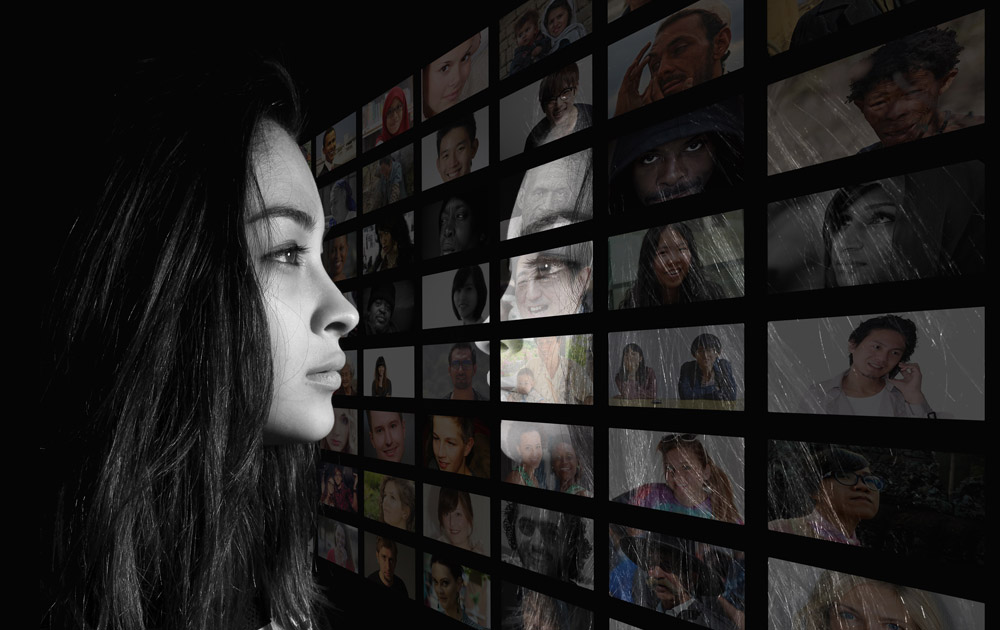October 14, 2018
Why Do People Make Reaction Videos?
Go to YouTube and type “Reaction Video” in the search box. Alternatively, make it specific and type “reaction video” plus the name of your favorite band. Or your favorite basketball player. Or the trailer of a movie you like. You’ll find tons (depending on the popularity of the topic) of what is known as a reaction video. That is, a video of a person’s reaction watching another video. But why do people make reaction videos?
More importantly, what does making a reaction video tell us about society?

Reaction Videos: Some Theoretical Background
Making a reaction video is a complex theoretical process. Of course, someone searching for a reaction video of their favorite band does not perceive it as such consciously. If you ask someone why they like watching reaction videos, they’ll probably tell you: “Because they are fun”.
Discovering why they think a reaction video is fun is the key here. And, let me tell you, once the dynamics behind it become clearer, I wouldn’t call it fun but, rather, depressing.
A video of a person reacting to another video is a meta- process. In other words, there is a self-referential “narrative” at play. A reaction video is a meta-video, in the sense that we have several layers of video-watching.
- the original video
- a person watching that video
- you, watching the person watching that video
A Reaction Video is about the Person Reacting
Therefore – and this is important to underline – the focus is not on the original video but on the reaction video. You can confirm that with a little experiment. Try to imagine yourself watching reaction videos, presented in picture-in-picture format. That is to say, the original video covers part of the screen, then the rest of the screen is covered by the person reacting to the video. Let’s assume that the picture-in-picture has a ratio of 70%-30%.
Now ask yourself, what is better? To see the original video on the 70% of the screen and the person reacting on the 30%, or the other way around? I expect the vast majority of people would prefer to see the person reacting covering the largest portion of the screen, with the original video only shown as reference.
What Does a Reaction Video Tell Us about Society?
But let’s now talk about the crux of the matter. The question asked by the article is, Why do people make reaction videos? The quick answer is: Because people like them and want to watch them. So, perhaps we should rephrase the question. Why do people watch reaction videos?
Remember, the focus is on the person reacting, not the video itself. When you’re watching a reaction video, you want to see not the video but the person reacting to it. You’re watching reaction videos because you want to see someone enjoying a video you’ve enjoyed too. You want them to experience the feeling of discovery that you had when you first heard that song, or when you first saw those basketball highlights.
Reaction Videos Fulfill a Social Need
In other words, a reaction video fulfills a social need. In times when our friends (or “friends”) are people we interact with more rarely in person and more often online, there is a void of shared experiencing.
It becomes harder and harder to actually meet with a friend and play a song for them, then watch their reaction. It’s much easier to simply send them a YouTube link on Facebook or Whatsapp, then wait for their reply in the form of “I liked it”, “it was cool”, perhaps with a couple of emojis. But you can’t witness their reaction. Besides those emojis, there is no other non-verbal communication that can be experienced by you.
You can’t watch “live” your friend listening to the song, gauging their reaction while the song hits the chorus that you love so much, or that special guitar solo that’s been giving you goosebumps. The social aspect of experiencing music (in our example) is entirely absent.
Enter reaction videos.
People make reaction videos because there is a need for them. A reaction video functions as a substitute for human interaction, providing any one of its viewers with the missing experience. The person making a reaction video plays the role of your friend to whom you’d like to play a song, watching their face lighting up in amazement and admiration.
Here’s a marketing idea, for anyone watching reading: Make an android whose sole purpose is to listen to music with you, reacting to it the way a friend would. Uncanny Valley, anyone?
I don't show you ads, newsletter pop-ups, or buttons for disgusting social media; everything is offered for free. Wanna help support a human internet?
(If you'd like to see what exactly you're supporting, read my creative manifesto).
